Sewing Machine Walking Foot for Quilting and Sewing Multiple Layers
Walking foot is great for quilting and sewing when matching prints or plaids, Traversing bulky seams, Matching seam intersections, Top-stitching bindings, hems or plackets, Sewing knits.
Out of stock
51.75 ر.س
Fast Shipping
Read about our -Shipping Terms.
Secure Checkout
Out of stock
- PERFECT FOR QUILTING: Ideal for sewing smoothly over multiple layers of fabric, slippery fabrics and when matching prints or plaids
- BUILT-IN FABRIC FEEDING SYSTEM: This foot has a built-in fabric feeding system that moves and holds fabric between your sewing machine’s upper and lower feed dogs, to better control layers of fabrics and help prevent fabric shifting
- HEAVY DUTY CONSTRUCTION: Engineered for precision and designed for use even with thicker fabric layers
- GENUINE BROTHER ACCESSORY: Specially designed and manufactured for optimal results with Brother sewing machines
- FOR USE WITH LOW-SHANK SEWING MACHINES: Fits most brands of low-shank sewing machines.
1. Traversing bulky seams
One of the benefits of a walking foot is that its extra set of teeth help the foot climb over bulky seams, such as where a waistband meets the side seams of a skirt or where the fly opening meets the crotch seams of a pair of pants.
A normal presser foot might get stuck at these tricky places, creating a wild bird’s nest of thread underneath. A walking foot helps grip the fabric so it moves “uphill” more easily. This is great for top-stitching heavier fabrics, such as this home decor canvas.
2. Matching seam intersections
If you’re sewing a garment with a waist seam or separate cuffs, it’s important to match those seam intersections in order to create a continuous horizontal or vertical line that is pleasing to the eye. Even if you pin everything properly, a normal presser foot might slightly scoot the top layer forward as you sew, creating seam lines that don’t quite align on the right side of the garment. Even a difference of 1/8″ can look unsightly.
Nothing’s more frustrating than having to unpick a section of your stitching just to fix such a tiny blunder, but nothing’s more satisfying than achieving perfect seam intersection lines on the first try. That’s where a walking foot helps: As long as the seams are pinned securely, the layers will be sewn evenly.
3. Matching plaids, stripes and other prints.
Likewise, a walking foot helps when sewing a garment that has a pattern or directional print that needs to be matched across major seams. If you take the time to cut and pin your pieces so the prints will align nicely across seams, using a walking foot ensures that it will be sewn that way.
4. Topstitching bindings, hems or plackets
Have you ever noticed mysterious drag lines within your hem or button placket after you topstitched it down? Sometimes a blast of steam helps settle the fabric, but sometimes the problem persists.
Even with careful pressing beforehand, when a layer of fabric is folded under and topstitched, a normal presser foot may scoot that top layer at a faster speed than the bottom layer. The risk for this is higher when you’re stitching farther away from the folded edge, such as on a deep hem. A walking foot helps keep all layers even so you get nice, flat edges.
Below, notice the difference in the two necklines finished with a bias binding facing. The sample on the left was sewn with a normal presser foot and the sample on the right was sewn with a walking foot. All other things being equal, including fabric, needle, pressing technique, and stitch length, the binding sewn with a regular presser foot has obvious drag lines at the curves where the top layer was pushed ahead of the bottom layer, while the one sewn with a walking foot lays much flatter between the stitching and curved edge.
5. Sewing knits
Because of the stretchy nature of knit fabrics, they have a tendency to “grow” under the presser foot as you sew. This is especially true when you’re sewing along the direction of stretch, such as on the hem of a T-shirt, or sewing with very stretchy fabrics, such as rib knit. A walking foot helps move knit fabrics evenly so they don’t stretch out of shape.
Below is a rib knit fabric that I hemmed with a regular presser foot (top piece) and then a walking foot (bottom piece). All other variables remained the same. You’ll notice that the regular presser foot created a stretched out, wavy hem. The other sample remained flat.
| Weight | 0.150 kg |
|---|---|
| Dimensions | 8.5 × 5 × 2.8 cm |
Based on 0 reviews
Only logged in customers who have purchased this product may leave a review.




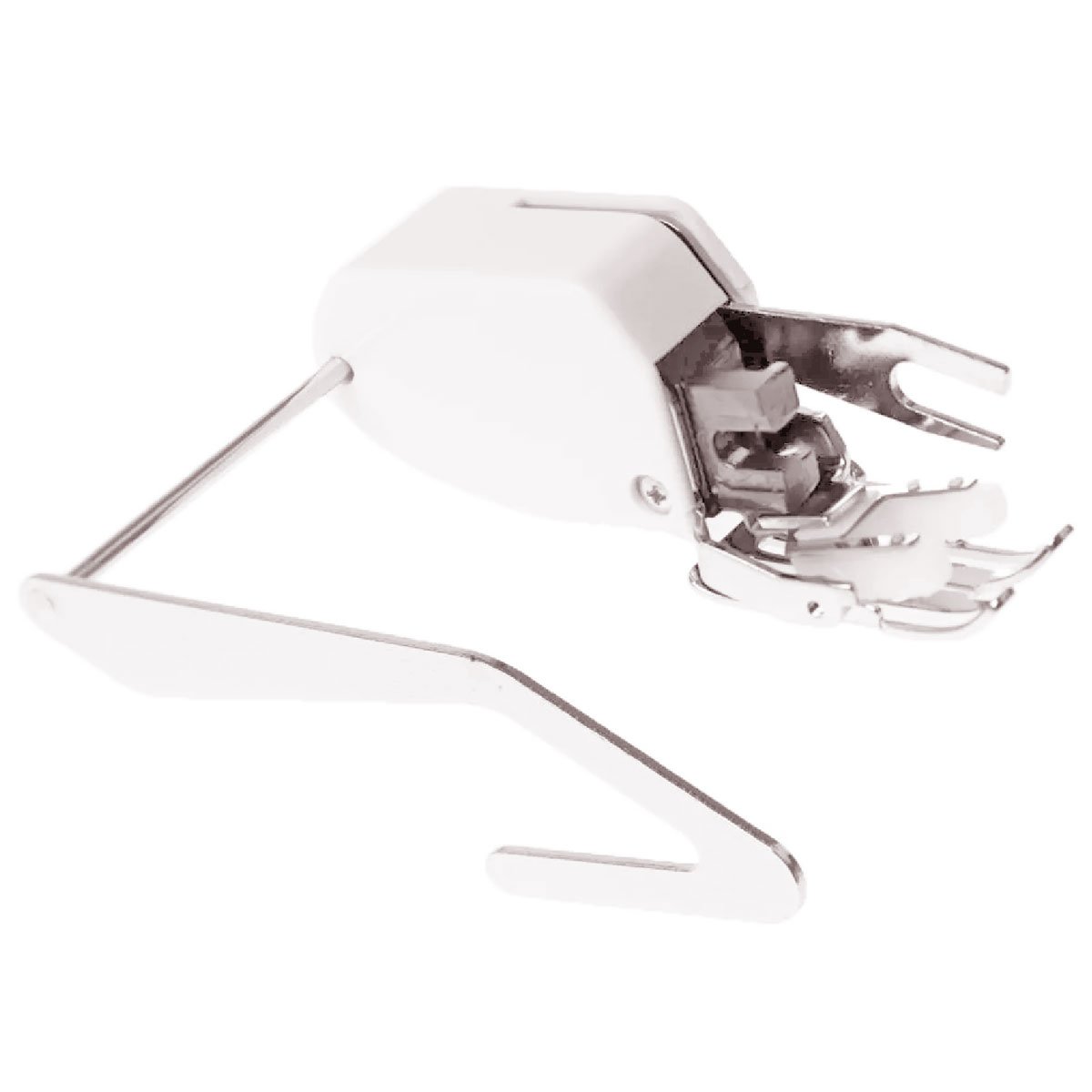


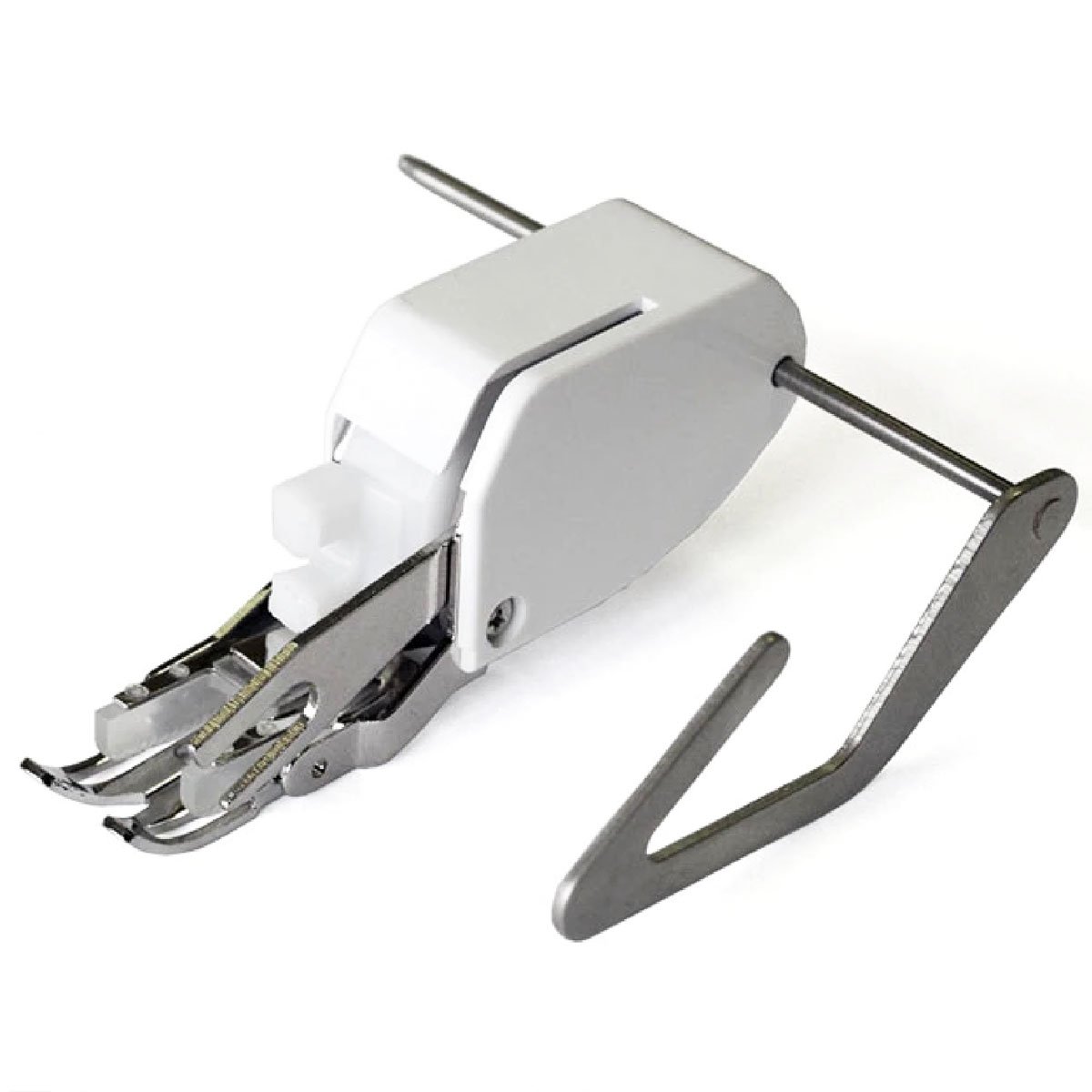
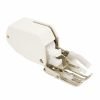
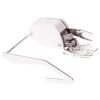
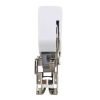
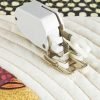
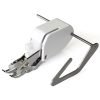
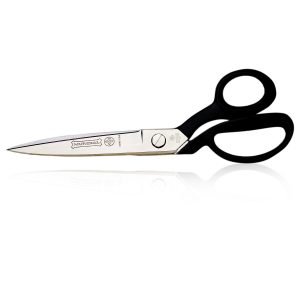
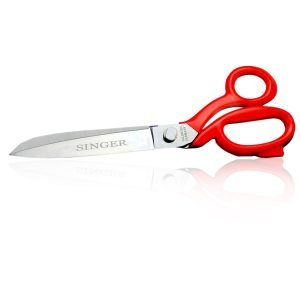
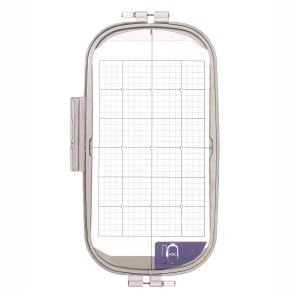
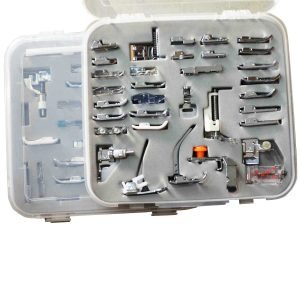
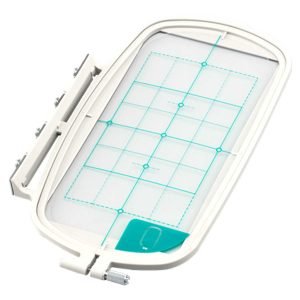












There are no reviews yet.